If you’re considering getting a used ATV, you might be wondering what is considered as high miles for an ATV. After-all you’re spending a significant amount of money on your new toy and the last thing you want is to get “screwed”.
If you look around the internet, you might find that there are various opinions about what is actually considered as “high miles” for an ATV. Some people say that you shouldn’t look at anything more than 5000 miles while others think that high miles mean somewhere between 2000 to 3000 miles.
Generally, an ATV is considered “high miles” once it reaches around 10,000 miles. What’s more important, however, is how it was maintained and how the previous owner rode it. Even at 10,000 miles, if the previous owner took the time and effort to care for the ATV, there could still be a lot of life left in the vehicle.
ATV Average Miles Per YearIf you need a benchmark figure to compare how many miles you’ve put on your ATV when compared to others, I would like to share my numbers.
I would consider myself an average ATV enthusiast. I like to ride my ATV on weekends and in all seasons including the winter. I average around 20 miles each week on my ATV which translates to about 1040 miles in one year.
While I understand that some people ride a lot more than I do (ride more days and for more miles each time), averaging 1040 miles on an ATV for a casual ATV owner like myself is reasonable.
If you ride more miles than I do, it just means that you are wearing down your ATV faster than an average rider and you’ll be doing more maintenance on your ATV.
The Hours to Mileage RatioMileage tells you how far your ATV has traveled but the actual hours that someone has spent riding also needs to be considered this is because:
Hours on an ATV tell you how hard the ATV was driven.
Generally speaking, if you find an ATV with high miles and low hours, it means that the vehicle was driven hard.
So what is a good Hours to Mileage ratio? I find that around 15 miles to 1 hour (15:1) is a good ratio. Keep in mind that this number can be fudged by ATV owners by simply idling his or her ATV. The ratio does not take idling into account and assumes minimal idling of an average ATV user. It provides a good benchmark for you if you’re worried about high hours on your ride.
Keep in mind that this number can be fudged by ATV owners by simply idling his or her ATV. The ratio does not take idling into account and assumes minimal idling of an average ATV user. It provides a good benchmark for you if you’re worried about high hours on your ride.
If your ride doesn’t come with functionality to keep track of hours. There are a number of good hour meters that can help you with this.
What the Average Lifespan of an ATV?As mentioned above, if you take good care of your ATV, you can put upwards to 10,000 miles on it. There are of course a lot of factors that affect the lifespan of an ATV. Let’s look at these in more detail:
Brand – Is your ride from a reputable brand like Polaris and Honda? These companies have had a great reputation over the years and the #1 reason behind this is their products superior reliability.
Hours / Miles – You should realize that using only the number of hours and miles is not important in determining the average lifespan of an ATV. What’s more important is HOW they were put on the ride.
What’s more important is HOW they were put on the ride.
One way to check is to jack up your ATV and check the bearings. Look for any rips or tears in your CV boots.
CV boots help to protect and retain the grease inside your CV axles and they wear down over time. Once a CV boot is ripped, your CV joints are exposed and may begin to rust. If you see some big rips in your CV boot, it could mean that the ATV was not maintained properly which leads to a decrease in its lifespan.
Frame – exterior plastic pieces can be easily replaced but it’s the condition of the frame that counts. To check this, try to remove the exterior plastic body pieces and look for cracks or dents in the frame. This is usually a good indication to tell if the ATV was subjected to abuse and roll-overs. A weakened frame will reduce the lifespan of your ATV.
Mud / Dirt – A lot of ATV owners don’t realize how damaging mud and dirt can be to their ATVs. Mud traps moisture against the exposed parts of your ATV.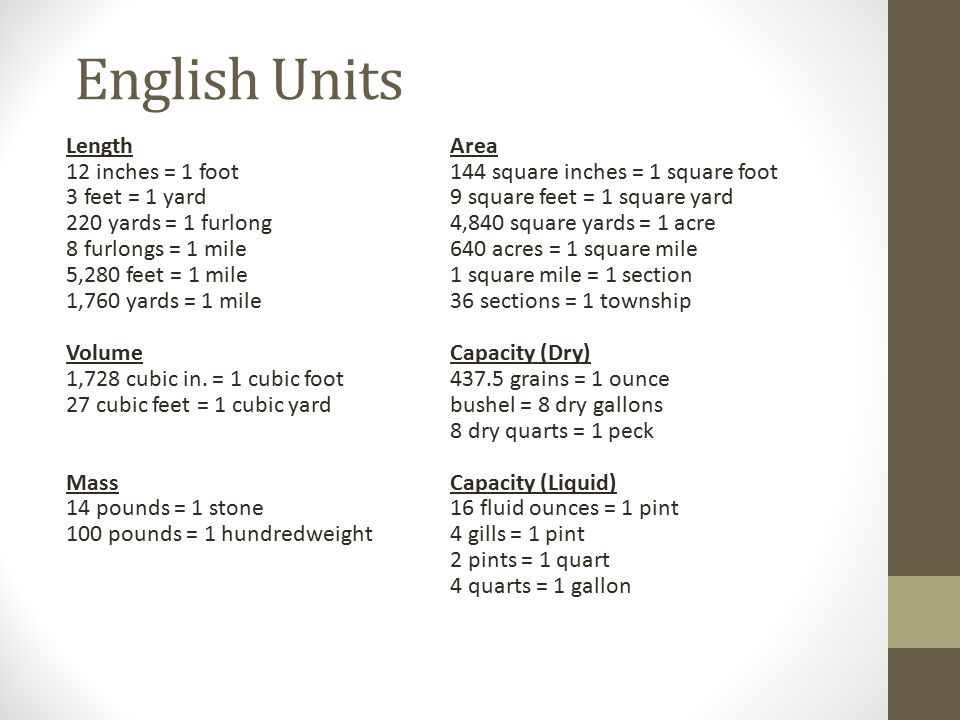 This creates the perfect atmosphere for rust to develop and weakens your ATV overtime. Rust requires 3 things to develop: water, iron, and oxygen. When water is mixed with carbon dioxide (an element in oxygen), it forms an acid which eats away the iron.
This creates the perfect atmosphere for rust to develop and weakens your ATV overtime. Rust requires 3 things to develop: water, iron, and oxygen. When water is mixed with carbon dioxide (an element in oxygen), it forms an acid which eats away the iron.
Mud left on the body of your car will also cause damage to your paint. This is because mud can rub off paint and cause rust to develop. Note that this isn’t usually a problem if the mud is left on for a short period of time.
Dried mud acts as a hard abrasive material that causes damage to moving parts like bearing and joints. It also affects the function of your brakes.
This is why it’s important to clean your ATV thoroughly after each use. A dirty, muddy ATV has a much lower lifespan than a clean one.
ATV Tires: How Many Miles Can You Get from Stock Tires?A good set of stock tires can probably let you do 8000 miles before replacement. It depends on the type of surface you ride on the most. You can expect a longer life from your tires if you ride mostly on sand and dirt roads. If you ride a lot on sharp rocky roads, you will see less life.
You can expect a longer life from your tires if you ride mostly on sand and dirt roads. If you ride a lot on sharp rocky roads, you will see less life.
This is why it’s important to plan ahead and know what kind of terrain you’ll be riding on and select the right tires for that terrain. E.g, use mud tires for mud, sand tires for sand, etc. Most ATV riders who are serious about the sport will have a few different sets of tires to play with. It’s a bit costly up-front but saves you a lot of stress and expands the life of your stock tires.
by Lee
An ATV or Side By Side’s lifespan is 15 to 20 years if you do proper maintenance.
The average miles I expect out of a used ATV is 800 miles a year. So a 5-year-old ATV, I expect to have around 4,000 miles.
Let me explain why I say 15 years max and 800 miles a year for ATVs.
ATVs and side by sides are measured in both mileage and hours.
These two numbers are not a replacement for the other and will often be wildly different, especially across the globe.
Mileage and hours on an ATV can tell you a lot about them.
If you see an ATV with high mileage, but low hours it tells us they like to drive it fast. Not always an issue because this is normal when riding in the dunes but a huge red flag if taken to the extreme.
If you see an ATV with low mileage and high hours, it tells us they do more trail riding or are hunters. It could also mean they do a lot of snow plowing if they live where it snows a lot.
The average rider puts 800 miles on their ATV or side by side every year.
These numbers can vary a lot, especially on who drives the ATV and where.
An ATV is the primary source of transportation in some countries and small cities, and seeing 30,000+ miles is not crazy. Also, the farmer who uses his side-by-side daily for work will have a lot more hours than the guy who rides on the weekends.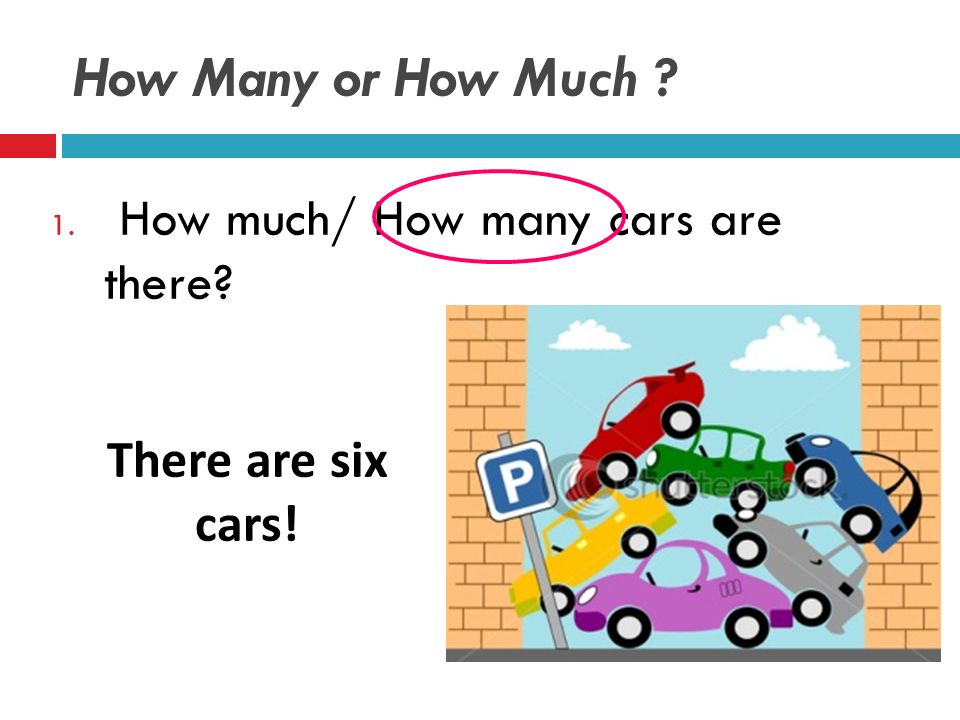
But my baseline is 800 miles a year when I’m looking to buy a used ATV.
| Years | Miles |
|---|---|
| 1 | 800 |
| 2 | 1600 |
| 3 | 2400 |
| 4 | 3200 |
| 5 | 4000 |
| 6 | 4800 |
| 7 | 5600 |
| 8 | 6400 |
| 9 | 7200 |
| 10 | 8000 |
| 11 | 8800 |
| 12 | 9600 |
| 13 | 10400 |
| 14 | 11200 |
| 15 | 12000 |
This means if the ATV is 5 years old, I expect it to have around 4,000 miles on it. It’s when the miles vary from this baseline that I worry. A 5-year-old ATV with only 80 miles on it screams trouble, along with one having 80,000 miles on it.
What matters more than hours or miles is how well the ATV was taken care of. Don’t let high miles keep you from an ATV that was properly maintained!
Average miles per year = 800 miles.
Max years for an ATV = 15 years.
800 miles * 15 years = 12,000 miles
I consider 12,000 miles a lot, especially if the ATV is under 15 years old.
Why 15 years? The manufacturer stops making vital parts for ATVs after that point. An ATV can go forever if you can get the parts, but a lot is discontinued after 15 years, and no point in keeping it going if you can’t work on it.
Would I buy an ATV with a lot of miles? Probably, it depends on how well it was taken care of. Let me explain.
I’ve seen guys with high mileage and high hours have no issues and keep trucking along.
I’ve also seen guys with low mileage and low hours and not take care of their ATV, and it turns to crap.
What matters the most is checking the ATV out in person and not some numbers anyone can screw with.
I had one guy try to sell me a limited-edition Can-Am Outlander 1000 with low hours and miles. The deal seemed too good to be true, and it was. When I looked at the ATV, I could tell the frame had bad cracks. This ATV was in a bad accident, and I later found out the dude rolled it down a mountain. The dude spent a lot of money to get new plastics and was trying to pass it off to someone else.
The deal seemed too good to be true, and it was. When I looked at the ATV, I could tell the frame had bad cracks. This ATV was in a bad accident, and I later found out the dude rolled it down a mountain. The dude spent a lot of money to get new plastics and was trying to pass it off to someone else.
This is why mileage and hours are secondary to actually checking the ATV out in person.
I rather have an ATV with a lot of miles on it but taken care of than one with low miles and left to rot. A high mileage ATV tells me that the previous owner liked the quad and didn’t seem to have much trouble getting to those high miles; less likely to be a lemon that someone is trying to push on to someone else!
I hate this question because I’m a Can-Am guy, so naturally, I want to say Can-Am.
I’m sure a Yamaha or Honda guy will say the same thing.
But I will give it to Honda; they got it figured out and make some of the best engines.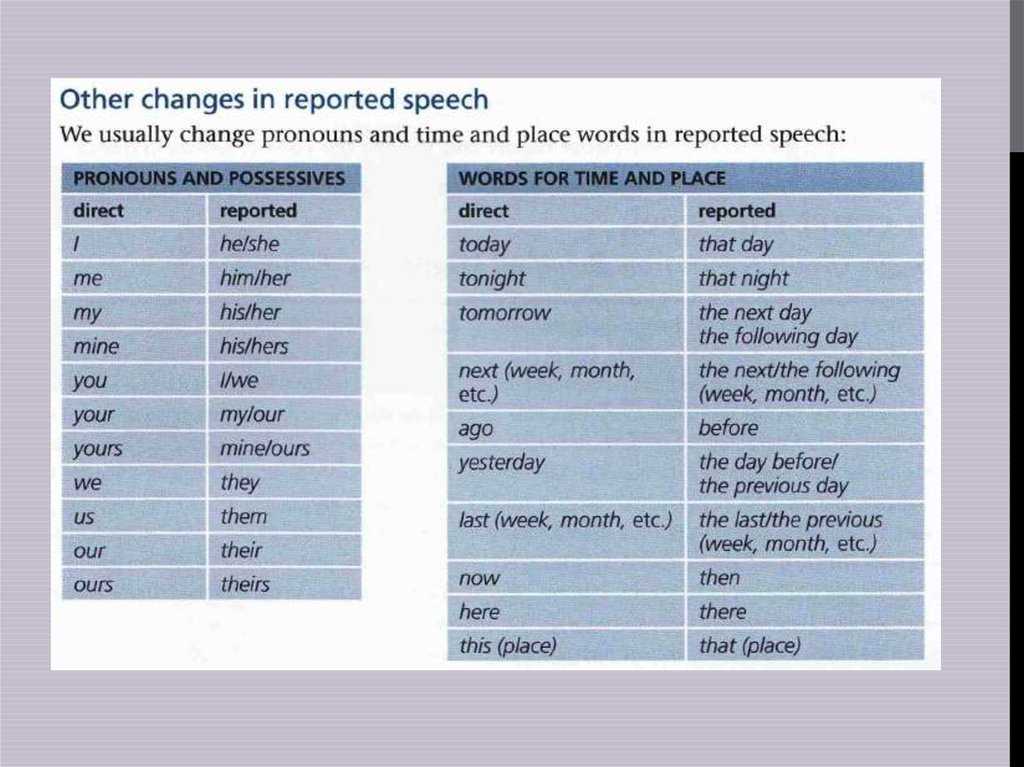 They lack in tech where Can-Am over-delivers, but I’ve seen 20-year-old Hondas still going to this day.
They lack in tech where Can-Am over-delivers, but I’ve seen 20-year-old Hondas still going to this day.
Since Honda is slower to change, this helps keep their ATVs going for longer. Many of their parts for older models are still around. I have a 1999 Can-Am Traxter that would still run if I could get a discontinued part. This is what decides how long your ATV last, not the hours or the mileage.
Unless you love going mudding and know what you’re doing, avoid the mud machines.
That is the XMR’s and other brands that come from the factory with a snorkel and are “mud ready.” Or the guys who convert their stock ATV to a mudding one.
These ATVs don’t have much of a warranty and are rode very hard. It’s not uncommon for them to get hydro locked due to mud and water getting in the engine and intake. Water in the engine can bend piston rods and blow the engine.
Mudding ATVs are taken apart and tore down often due to them getting submerged in water and mud all the time.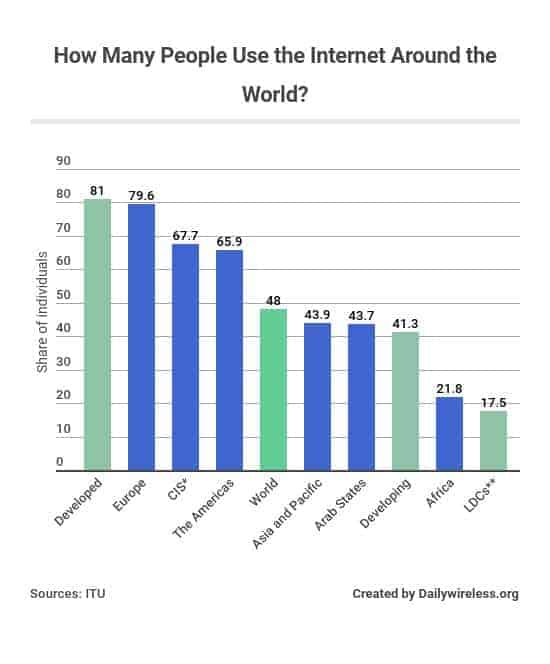
I love going in the mud and getting crazy, but that is not the problem; the problem is the guys who take their ATVs and put them entirely underwater. Those are the ATVs to avoid as those things develop phantom issues eventually.
Not all mud machines are bad, but this ATV Mud Machine below is not one I would buy secondhand.
 A rusty frame tells you it has cracks and been rolled.
A rusty frame tells you it has cracks and been rolled.Tire pressure affects the flotation, stability, handling and smoothness of the ATV. Therefore, it is important to adhere to the optimal parameters, which depend on the type of coating and load. What pressure is recommended for CFMOTO ATVs - we will tell in the article.
CFMOTO indicates the recommended pressure in kilopascals (kPa). 1 kPa equals 0. 0098 atmospheres (atm) or 0.145 pounds-force per square inch (psi). It is important not to confuse these units of measurement when inflating tires.
0098 atmospheres (atm) or 0.145 pounds-force per square inch (psi). It is important not to confuse these units of measurement when inflating tires.
The recommended tire pressure for CFMOTO ATV is indicated in the instruction manual and on the vehicle itself in the area of the left rear fender.
Tires are marked with the maximum pressure they can withstand.
Low tire pressure improves off-road capability, allowing the ATV to sink less in mud, swamp, snow or sand. This is due to the fact that the contact patch of the tire with the surface increases, and the specific pressure on the ground decreases. In addition, poorly inflated tires are less “blurred” with dirt, more easily leave the rut and roll over obstacles such as trees, stumps or large stones lying on the road.
Most CFMOTO ATVs are equipped with ANCLA tires, the normal pressure of which, according to the manufacturer, is 45 kPa. This is sufficient for off-road routes. A reasonable lower limit is up to 35 kPa. It is possible to bleed even more air only if there are beadlocks - devices that securely press the tire to the side of the disk.
This is sufficient for off-road routes. A reasonable lower limit is up to 35 kPa. It is possible to bleed even more air only if there are beadlocks - devices that securely press the tire to the side of the disk.
All-terrain vehicle tires with a car seat must have a higher pressure - from 70 kPa, the exact parameters depend on the model.
If the pressure is too low:
It is best to inflate your tires before long trips on asphalt or other hard surfaces. This will increase stability and control in corners and on a straight line - due to less deformation of the rubber. In addition, the tread will not wear out as much.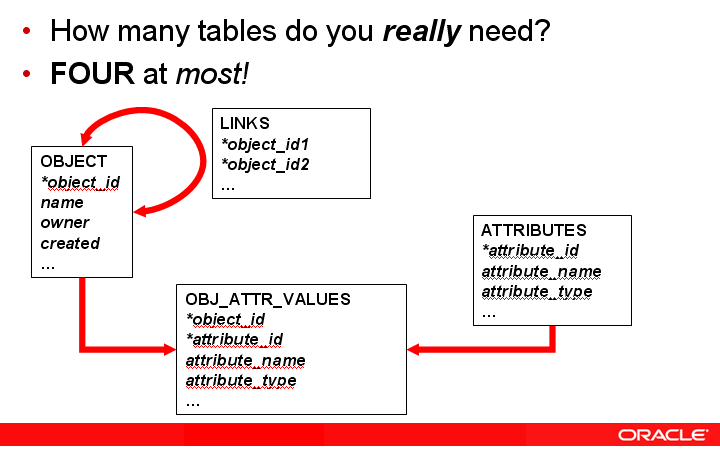
The pressure should also be increased when transporting a heavy load and a passenger.
Optimum tire pressure for a CFMOTO ATV with a motorcycle seat when driving on asphalt is 70-90 kPa.
If the pressure is too high:
It is advisable to do this before each ride - when the tire is cold. You will need a low pressure gauge to check. When using a conventional car, there will be a large error.
The recommended tire pressure for CFMOTO ATVs is 45 kPa. For all-terrain vehicles (SSV), the optimal parameters are different - more than 70 kPa. Before carrying a passenger and a heavy load or a long drive on asphalt, you can pump more.
If the pressure is too low, there is a risk of breakage, deterioration of handling and stability. If it is too high, it becomes uncomfortable to ride, all the bumps in the road are felt, the load on the suspension and steering increases.
If it is too high, it becomes uncomfortable to ride, all the bumps in the road are felt, the load on the suspension and steering increases.
Sort: DefaultName (A - Z)Name (Z - A)Price (low > high)Price (high > low)Model (A - Z)Model (Z - A)
On page: 25285075100
ATV IRBIS 150
Engine type: 4 stroke
Displacement: 150 cc see
Model C PSM
229900 r.
Available
ATV IRBIS 250
Engine type: 4 stroke
Displacement: 250 cc see
Model C PSM
249900 r.
Available
In stock
New
ATV SHERHAN 1000G
Engine type: 4 stroke
Volume: 125 cu. see
Max. speed 60 km/h
94900 rub.
Available
ATV Stalker-110
Engine type: 4-stroke
Volume: 110 cub. see
Max. speed 45 km/h
59900 rub.
Available
ATV Stalker-250
Engine type: 4-stroke
Volume: 250 cub. see
see
Max. speed 80 km/h
175000 rub.
Available
In stock
ATV WELS EVO X 200
Engine type: 4-stroke
Volume: 200 cub. see
Max. speed 70 km/h
210800 r.
Out of stock
In stock
New
Available
ATV Stalker-150
Engine type: 4-stroke
Volume: 150 cub. see
Max. speed 50 km/h
175000 rub.
Out of stock
Available
Out of stock
New
Available
Available
In stock
New
Available
Available
Available
Available
Available
Pending
Available
Available
Out of stock
Available
Out of stock
Out of stock
Showing 1 to 28 of 95 (total 4 pages)
Vehicles with four wheels are different. In Russia many people understand ATVs as four-wheeled all-terrain vehicles, in the USA - like four wheelers.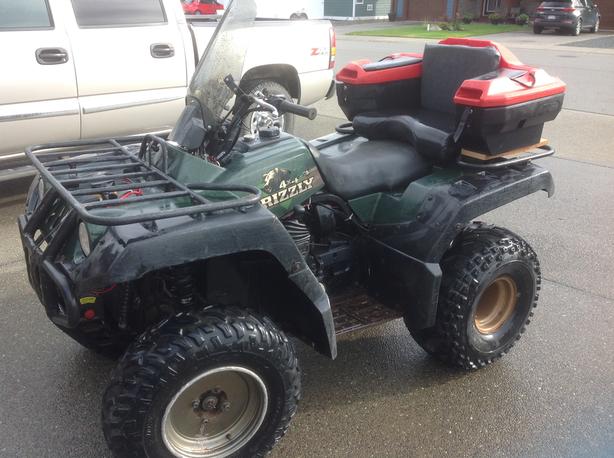 They can also differ a lot. from each other. We will tell you about small copies of large units. Baby copies of Japanese, German and Chinese manufacturers are designed for young drivers. Our online store offers high quality vehicles for young motorists.
They can also differ a lot. from each other. We will tell you about small copies of large units. Baby copies of Japanese, German and Chinese manufacturers are designed for young drivers. Our online store offers high quality vehicles for young motorists.
To every parent who carefully monitors development your child, you need to carefully familiarize yourself with our range. A compact all-terrain vehicle is considered not only a toy, but also a useful solution in acquiring driving skills at a young age. You can buy a petrol ATV, and your child will learn the basics of driving on his own vehicle. ATV for children, which is the prototype of an adult model, guarantees the young driver is completely safe. Don't forget to order special equipment - colorful helmets and protective suits to inspire the young driver to travel in your own vehicle. ATVs for children with protection attributes will turn your pastime into children in an interesting game on wheels. You will be convinced that received in childhood driving skills will be useful for the child in the future.
After choosing the children's transport you like in the catalog, call or make order on the store's website. Our managers will provide the necessary assistance, give a clear answer to your questions. The order will not have to wait long, as we We work with all regions of Russia, and your order will be delivered right on time. Only with us the buyer will find a wide range of vehicles of the world manufacturers at affordable prices. Your child will remember this gift forever. life is like a miracle, and will be very grateful for his first vehicle.
We present to your attention a wide range of popular all-terrain vehicles filled with gasoline from the world's best manufacturers. In our store There is a wide choice of ATVs - from simple to more powerful, on fuel or on batteries. Managers will be happy to help you choose exactly what you need. need.
Petrol ATVs have some differences, which are not similar to electric models:

ATVs differing from each other in some parameters:
All these differences affect the cost, the more additional options and equipment, the higher the price. Which transport is better to order remains decide for the client. You can choose the unit that suits you best. ride for you and your child, as many ATVs are rated by weight up to a hundred kilograms, which means they can withstand an adult.
When buying a gasoline ATV, you need to pay attention to its dimensions, because the model should be comfortable for the child to sit in it. Also, the child must it is easy to get to the control devices and immediately you need to decide what should be power of the unit and its engine.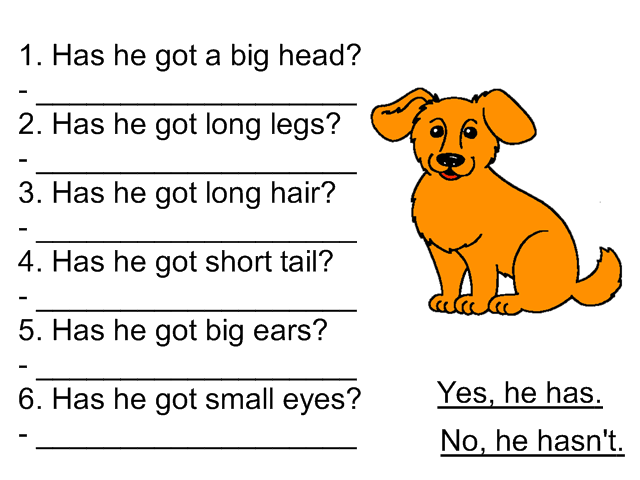 For a small child, the best option there will be a quad bike with a two-stroke engine. Manufacturers make such children's vehicles of small size and weight. Their engine has much less power. They have the function speed limits if the child is already striving for a fast ride. If parents do not mind riding an ATV yourself, then in this case you need to pay attention to the model with a four-stroke gasoline engine with a volume of up to 150 cubic centimeters, a speed of up to 50 kilometers and a fuel reserve of up to 5 liters.
For a small child, the best option there will be a quad bike with a two-stroke engine. Manufacturers make such children's vehicles of small size and weight. Their engine has much less power. They have the function speed limits if the child is already striving for a fast ride. If parents do not mind riding an ATV yourself, then in this case you need to pay attention to the model with a four-stroke gasoline engine with a volume of up to 150 cubic centimeters, a speed of up to 50 kilometers and a fuel reserve of up to 5 liters.
Such models are suitable for movement and an adult, and you You can share the joy with your child from a walk in the bosom of nature. Decide also with a body. The ATV body model is most commonly found on ATVs, it looks like a motorcycle.
UTV models resemble the design of a car. He is a vehicle with seats that are located across the body. Which choice you make depends on the intended operating conditions and decisions assigned by the owner of the all-terrain vehicle to the vehicle.